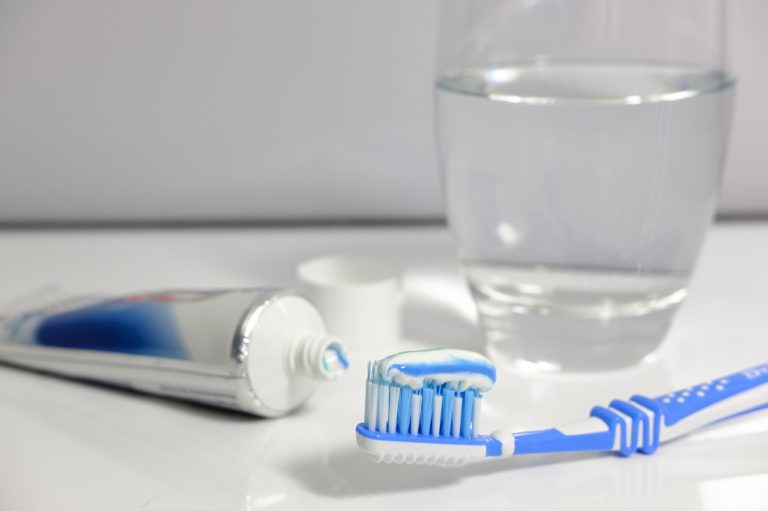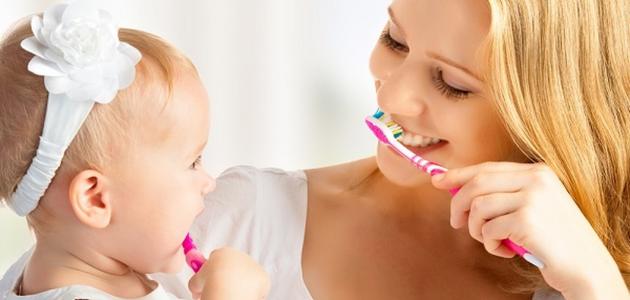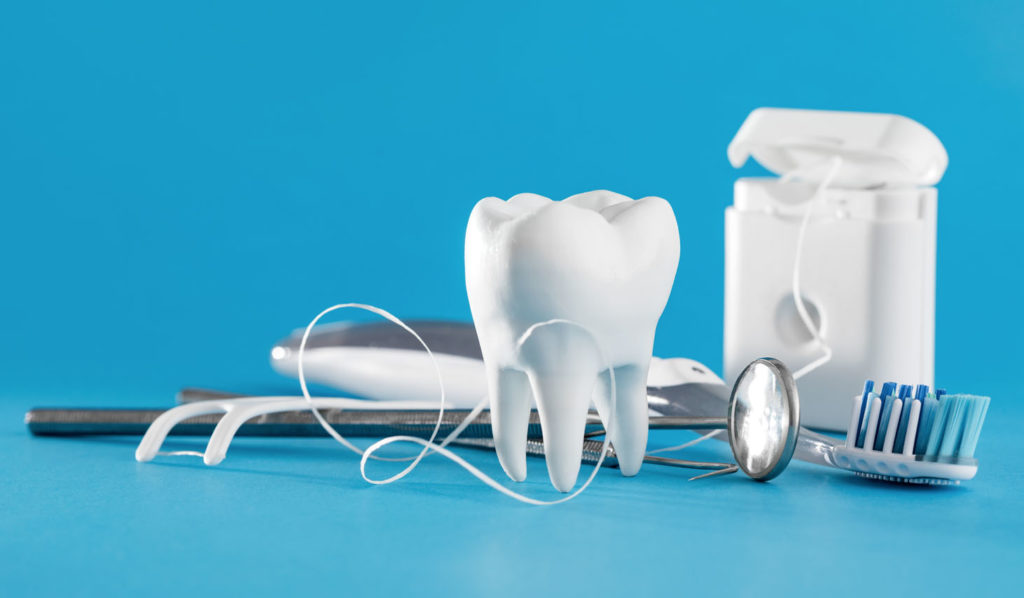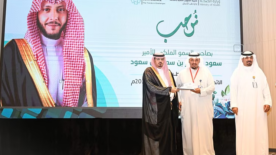General introduction to the toothbrush:
Toothbrushing is an essential part of an oral hygiene routine. This routine involves the use of a toothbrush and toothpaste. A current toothbrush consists of a head of tightly clustered bristles attached to a handle, making it easy to clean both hard-to-reach areas of the mouth. The history of toothbrushing It is a long and interesting story that has undergone many iterations of a similar conceptual design with a variety of materials. While modern toothbrushes embrace the latest technological advances and aggregate information ranging from stroke pressure to oral hygiene habits, the early beginnings of the toothbrush were quite different.
Most historians agree that the ancient Babylonians and Egyptians made the first “toothbrush” from worn twigs between 3000 BC, the Egyptians in the ancient decades kept meticulously the items found in their tombs, including “chewing sticks.” The Chinese are believed to have invented the first toothbrush Natural bristle In the fifteenth century AD, using pig hair for bristles and bone or bamboo for handles, these toothbrushes were transported to Europe, and this design was adapted to use horse hair, which is preferred by many Europeans, as there are models in Europe that use feathers, But these ancient tools were not as clean as modern toothbrushes.
Today, technology has played a large role in the development of toothbrushes. Modern toothbrushes are usually made of a plastic handle and nylon bristles. Modern toothbrush handles come in many varieties, including straight, angled, or curved handles. Toothbrush heads also come in shapes and sizes. Variety for people of all ages and sizes. It is important to keep our teeth clean and take care of them, and to choose an appropriate and practical toothbrush.
The story of the invention of the toothbrush:
Modern toothbrushes are less than 80 years old, but civilizations from long ago have already used tools to brush their teeth, as evidenced by artifacts found in Egyptian tombs dating back more than 5,000 years. As early as 3500 B.C., the Egyptians and Babylonians made “Chewing sticks” of worn wood fibers by chewing one end of a piece of wood until it separates into a brush-like shape, other ancient cultures that contained strips of cloth, feathers and bones, in the fifteenth century AD the Chinese invented for the first time a brush tool consisting of a handle of bone Or bamboo with bristles of boar hair swollen from the backs of pigs.
Expansion of trade routes brought toothbrushes back to Europe, where the hair of other animals was replaced. The Englishman (William Addis) made a toothbrush while he was in prison and later made a fortune selling the first mass-produced toothbrushes, which were made from cow bone. Cow tail hair, the first American patent for a toothbrush was issued in 1857, and mass production began in the United States 30 years later, as these brushes still use animal hair.
Toothbrush evolution:
William Addis designed a more modern toothbrush in England around 1780, the handle was carved from cattle bone, and the bristle part was made from pig hair as well, in 1844, the first 3-row bristle brush was designed, according to the Library of Congress, the bristles were Natural animal hairs were still in use until the invention of nylon, development into the modern toothbrush using nylon began in 1938.
By the 1950s, softer nylon bristles had been created, and people preferred them over regular toothbrushes. Many Americans still did not use toothbrushes. Until the end of the war, returning soldiers restored the military value of good hygiene, including daily care of their teeth. The first electric toothbrush was made in 1939 in Switzerland, and the first widely used electric toothbrush was invented in the United States in 1960. Manual and electric toothbrushes come in many shapes and sizes.
Usually made of plastic handles and nylon bristles, now dentists and dental researchers can test the types of toothbrushes that are best for oral health. 3000 patents for toothbrushes, with 138 patents filed in 2012 alone.
The evolution of the toothbrush in the age of technology:
Toothbrushes have come a long way in the past 100 years Toothbrushes are designed to include an interactive experience and follow the characteristics of the information age Data about your personal brushing experience is collected and can be used to make focused oral hygiene decisions Smart (Bluetooth) technology is used to replace the cables that Connecting multiple devices, the effects of this technology can be seen in communication data collected about mobile phone dental cleaning habits. Built-in sensors can now track and record daily brushing habits providing users with insight into personal oral hygiene practices available at their fingertips.
New motion technologies are now being seen in new toothbrushes. Things like vibration technology have been added to make brushing more efficient. Many newer toothbrushes are programmable technologies that can enable their smartphone as a “remote control” to customize their personal cleaning needs. , including setting a target session duration and selecting preferred modes, Parents can create customized programs recommended for themselves and children based on their specific needs, Modern toothbrushes offer many advantages


















Comments